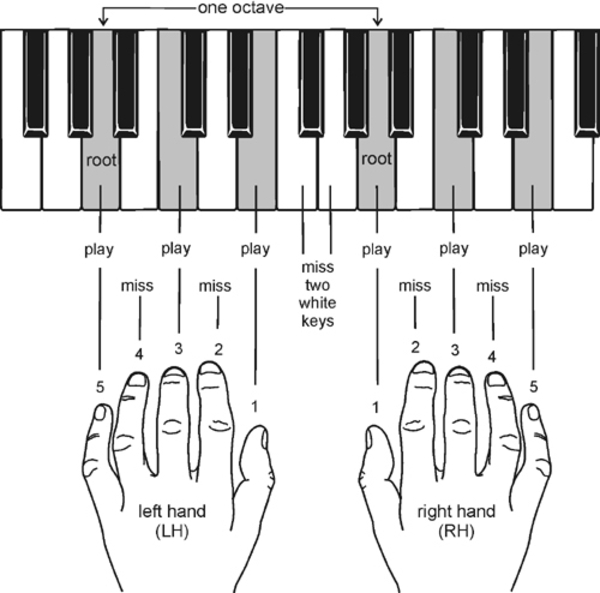Have you ever thought about how awesome it would be to be able to play a musical instrument? I know I sure have. Learning to play something like the guitar, or the saxophone, or even the piano would be so cool. I think that there are so many people out there that are looking for some kind of a creative outlet like this. The challenge that most people face, when it comes to learning how to play an instrument, is that they feel that they don’t have the time to drive down to the local piano teacher and do lessons on a regular basis. Well, thanks to the internet, you can actually learn to play the piano right from the internet. That’s right. There are sites where you can learn from videos. The best part is that the cost of these lessons, because they are online, is typically much less than taking one-on-one lessons from a private instructor. Before subscribing to one of these companies, however, there are a few things that you should strongly consider, and here are some:

Do the Videos Suit Your Learning Style?
We all learn at different rates, so you want to make sure that the site that you decide to give your money to teaches at a speed that you feel comfortable with. Many of these sites will have sample videos that you can view to get an idea of what their lessons are like so you know if they would be a good fit for you.
Read Up on Reviews
Reviews are a great way to get a completely unbiased feel for the overall service of the company. While websites typically put their best testimonials on their site, it is much better to visit third party sites like online forums, Yelp, Angies List, and the Better Business Bureau to get a feedback from a variety of different people. Because these people have no vested interest in the company, there feedback tends to be completely unbiased and brutally honest. That is the kind of information you need before making a buying decision.
What Kind of Music Do They Teach
You need to decide if you just want to learn to play the basic notes or chords of an instrument or if you want to just learn to play a song or two. It is important that you find this out as well, so you are not disappointed with the actual lessons that you receive upon purchasing the courses.
Brandon Jones is interest in gospel piano.


Pianoforte redirects here. For earlier versions of the instrument see Fortepiano. For the 1984 drama film see Pianoforte (film)
Piano Grand piano and upright piano.jpg
A grand piano (left) and an upright piano (right)
Keyboard instrument
Hornbostel–Sachs classification 314.122-4-8
(Simple chordophone with keyboard sounded by hammers)
Inventor(s) Bartolomeo Cristofori
Developed Early 18th century
Playing range
Range of piano.svg
The piano is a musical instrument played by means of a keyboard. It is one of the most popular instruments in the world. Widely used in classical and jazz music for solo performances, ensemble use, chamber music and accompaniment, the piano is also very popular as an aid to composing and rehearsal. Although not portable and often expensive, the piano’s versatility and ubiquity have made it one of the world’s most familiar musical instruments.
Pressing a key on the piano’s keyboard causes a felt-covered hammer to strike steel strings. The hammers rebound, allowing the strings to continue vibrating at their resonant frequency.[1] These vibrations are transmitted through a bridge to a sounding board that more efficiently couples the acoustic energy to the air. The sound would otherwise be no louder than that directly produced by the strings. When the key is released, a damper stops the string’s vibration. See the article on Piano key frequencies for a picture of the piano keyboard and the location of middle-C. In the Hornbostel-Sachs system of instrument classification, pianos are considered chordophones.
The word piano is a shortened form of pianoforte (PF), the Italian word for the instrument (which in turn derives from the previous terms “gravicembalo col piano e forte” and fortepiano). The musical terms “piano” and “forte” mean “quiet” and “loud,” and in this context refers to the variations in volume of sound the instrument produces in response to a pianist’s touch on the keys: the greater a key press’s velocity, the greater the force of the hammer hitting the string(s), and the louder the note produced.
It’s an advice for you!
The last piano is in Phantom Village. The player must head to the Pub but not go in, instead, head behind it, and go down to get behind the pub’s counter. The door on the left leads outside, and heading down will eventually come to a door. Inside, the player will eventually arrive at some steps. The player should then head down to reach the wall and turn left and press against the wall to reach a room that has steps leading up. It leads to the black chocobo. Before getting on the chocobo, the player can press against the left wall of the room that leads to it, and the last piano is in the next room.
Each time the player uses a new piano, it will play a real-world piece which exemplifies Bartz’s increased proficiency of the instrument.